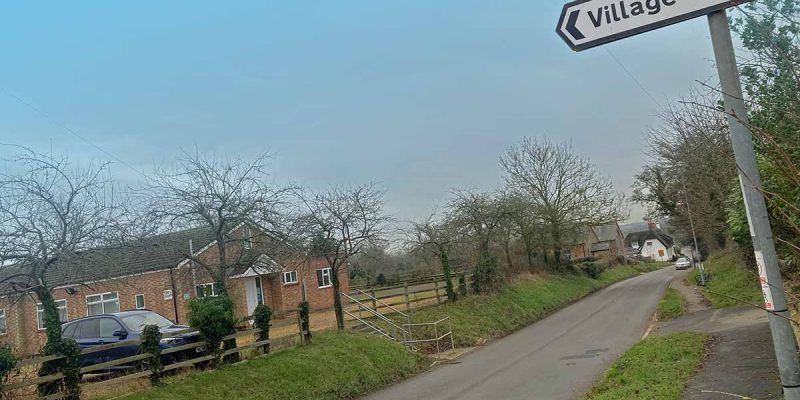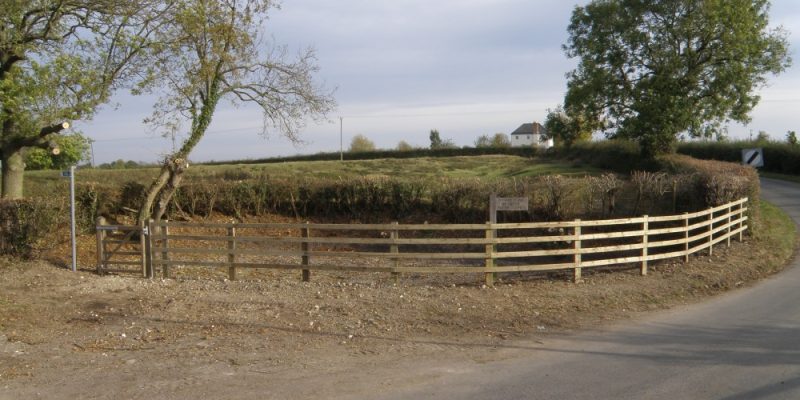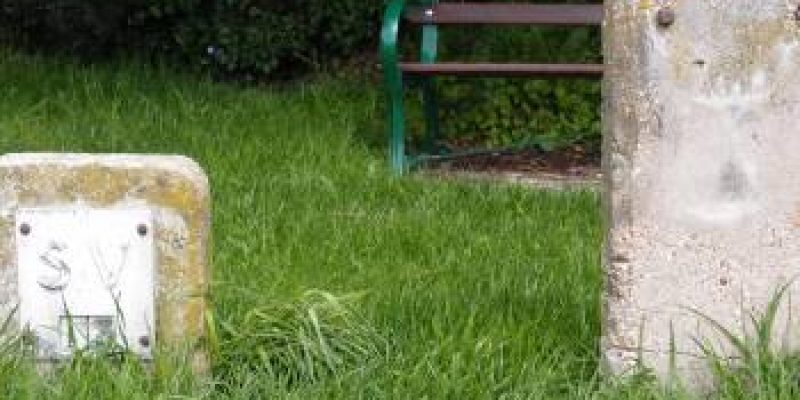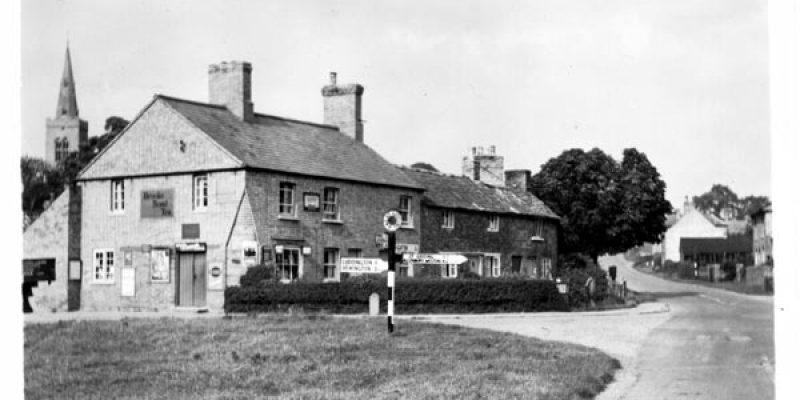Notification has been received this evening that work will commence on roads around the parish to complete the next stage of the Local Highways Improvement programme. The work starts tomorrow, Wednesday 23rd February, and is anticipated to take place until Friday. This will affect Chapel End, Main
Read more →A photographic essay of how Chapel End pond was reclaimed back to an attractive environmental pond from being an unloved, overgrown shallow pit. A pond has probably always featured in Chapel End as long as people have been around. It may have been created after clay was
Read more →A new event for The Giddings! Following the weekend of the Eliot Festival at Little Gidding there will be a series of cultural and fun events held in and around the village. From Monday 8th July through to Sunday 14th July there will be poetry, arts, crafts, lunches, cultural visits and a couple of fun events to cater for all tastes.
Read more →The Mobile Library will now visit the villages every 3rd Thursday of each month. Books can be renewd by telephone on 0345 045 5225. Location: Chapel End, Great Gidding Start Time: 12:40, End Time: 13:00
Read more →Welcome to The Great Gidding Close up Quiz. If you lived in the village at the time of the Golden Jubilee celebration in 2002 you will recall that we offered a paper based quiz that asked you to identify close up photographs of certain locations around the Parish
Read more →General information about the Group: Meetings take place on the third Wednesday (September to April) and are very informal (no committee or agenda) and quite often we are just chatting about times past and memories, you don’t have to attend each one but would be really pleased
Read more →



